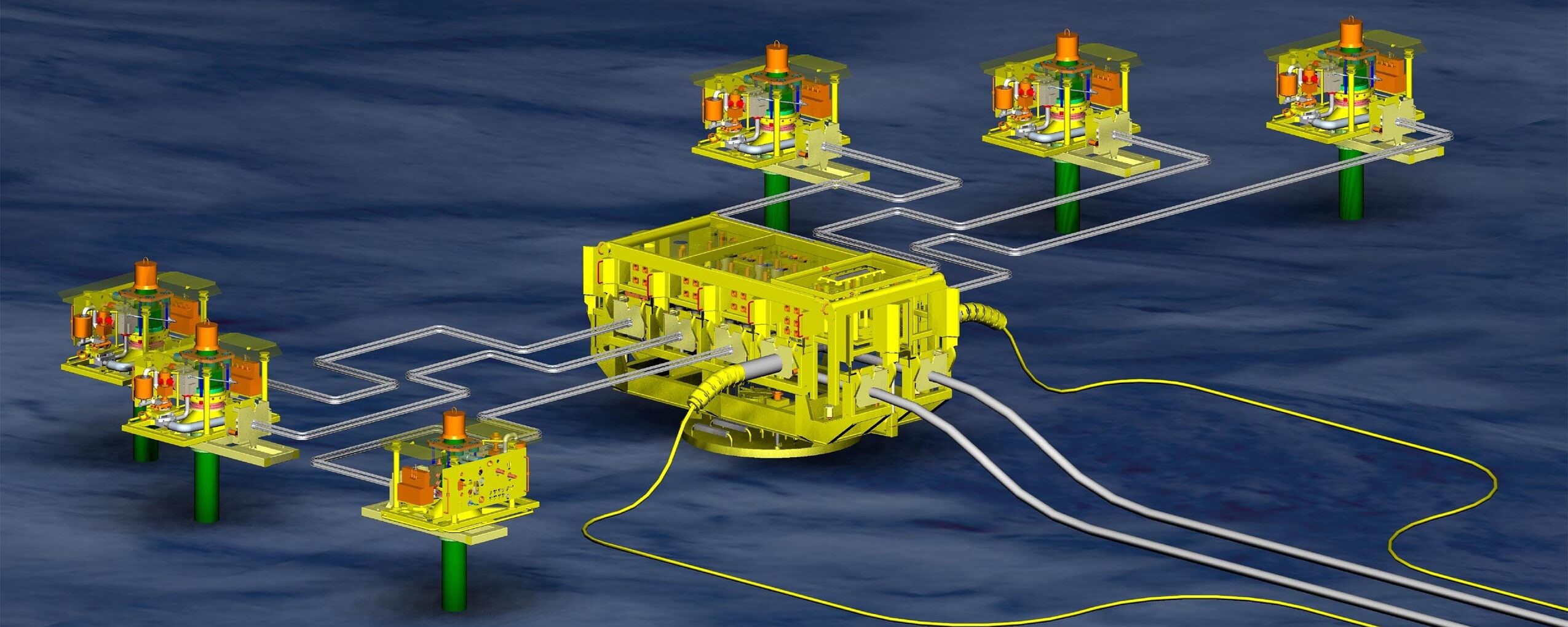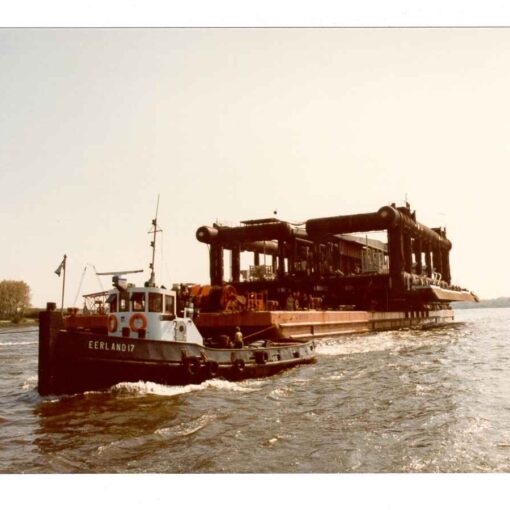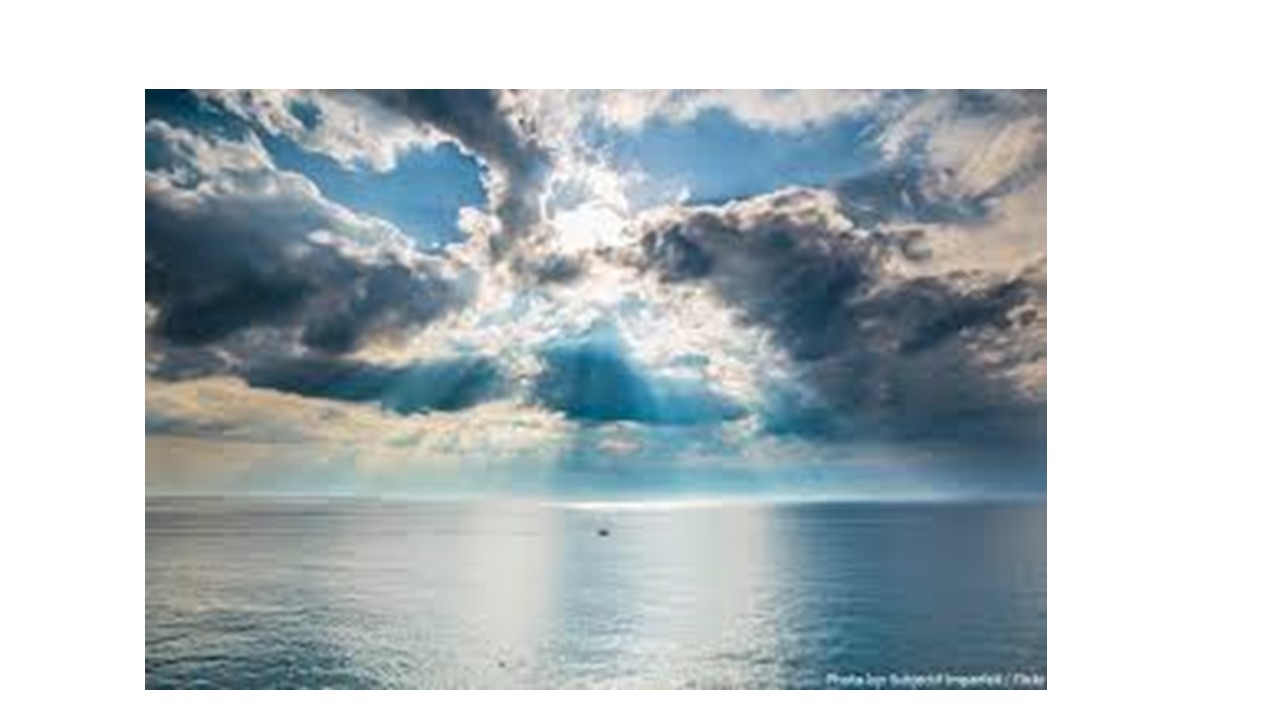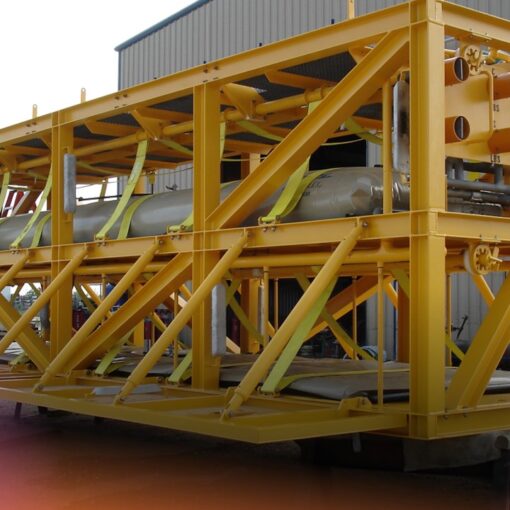I’m back – sorry to have been gone so long, but holidays are requisite. My wife and I did a two-week touring trip around northwest Spain and northern Portugal in September. This might seem irrelevant to the nature of this blog, but bear with me as there is a link, if somewhat historical, maybe even a bit hysterical.
The last time I was in Santiago de Compostela was nearly 30 years ago. There was a floater conference there at a time before the acceptance of the fpso became widespread. As part of the programme, we took a trip to the Astano shipyard in El Ferrol, north of Santiago, to see the first Tentech 850 under construction. This was an fpso designed in Norway and built on speculation by a Norwegian company called Ocean Producsjon AS run by entrepreneur John Frederiksen, if I remember correctly. There was quite a big to-do about this vessel at the time as it would be the first purpose-built fpso, previous ones having been conversions from ocean-going tankers, and was also expected to the first permanently moored unit.
At the time of the conference, the unit had yet to be contracted although there were substantive rumours that Kerr-McGee, under the watchful gaze of former Hamilton Bros honcho Bud McGuire, wanted it for the Gryphon field in the UK sector, but was holding out for a really good deal. Frederiksen was at this event, despite a reputation for being a bit reclusive and not liking journalists, and was hobnobbing around like one of those scantily clad females who were often used to flog expensive cars in days before it became unacceptable. He needed to get this hull off his books.
Records show that the Gryphon field development plan was given regulatory approval in 1992, the unit was on location in Sept 1993 and onstream a month later. McGuire got a good deal on this unit as well as a great deal from Cameron for the first application of its horizontal xmas tree, dubbed the SpoolTree. Astano, for its part, remained a force in the floater market for a few more years. It built the Captain fpso and did the conversion for the Foinaven unit before the economics of building in the Far East became too obvious to ignore. So just a bit of offshore history to brighten your day.
***************************************************************************************
There has been a significant amount of backslapping in the last week as Equinor, nee Statoil, brought the giant (3 billion barrels plus) Johan Sverdrup field into production and at a significantly lower cost than originally envisioned. All the numbers associated with this field and its development are staggering, but so is the reality that it was almost missed. Two of the industry’s giants, ExxonMobil and Total, drilled close to this structure years ago, but missed it as did Statoil which made a small find in the middle without seeing the forest. It was not until Lundin Petroleum’s G&G and drilling teams, many who had worked for Saga Petroleum at an earlier time, began looking at it and spinning the drillbit did the scale of the prospect emerge. So the toasts go to Lundin and remember – keep looking.
***************************************************************************************
(NB: names have been omitted on this item to protect the guilty and avoid any lawsuits.) An important point to remember, when discussing the offshore business, is that it is filled with grand failures and the occasional scoundrel. In the 1980’s, the EU Directorate on energy (XV?) threw millions of euros at ideas and concepts that any sensible engineer knew would never see the light of day. Those involved in the subsea sector may recall many technology and business debacles and probably think ‘there but for the grace of God…’ So when a name popped up in the last fortnight in connection with a contract for an apparently new bit of technology, one simply had to be amazed. Some folks never give up. Whether that is a good thing or a bad thing, remains to be seen.




